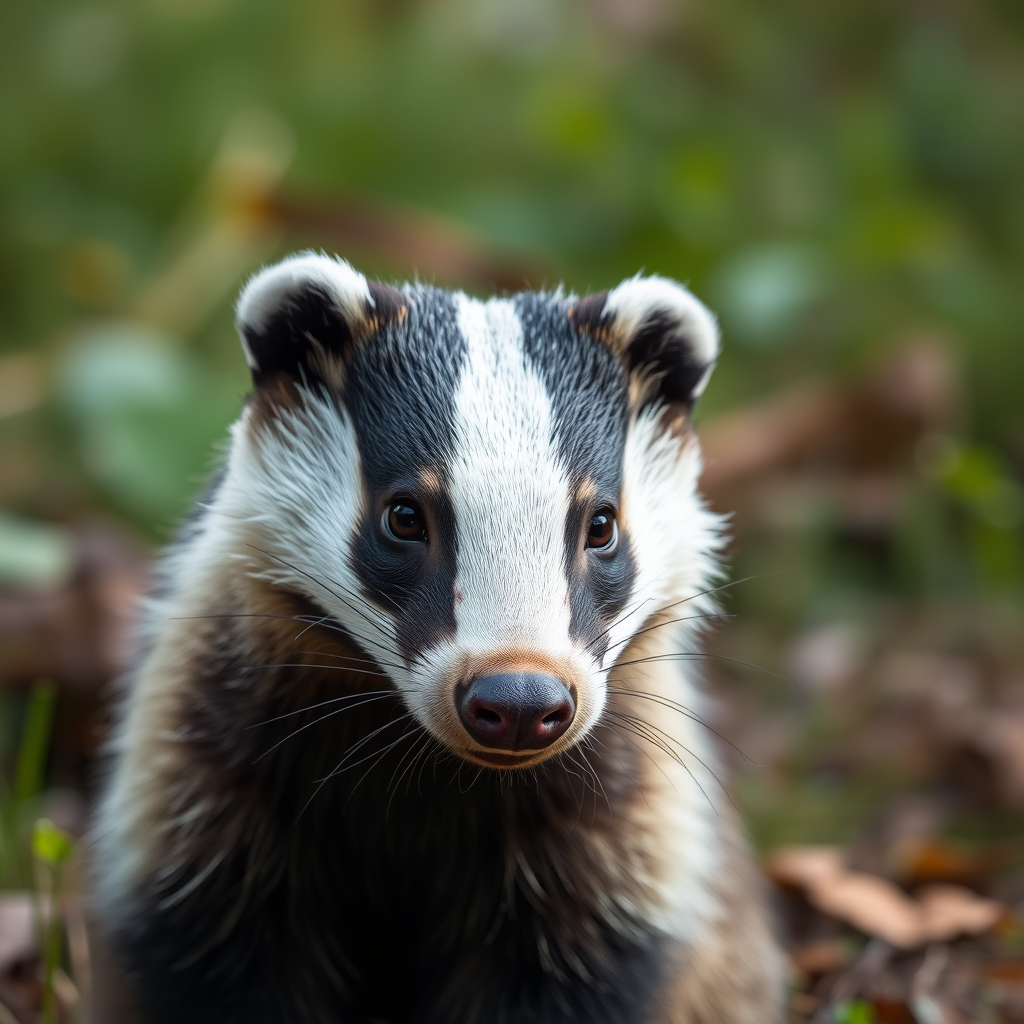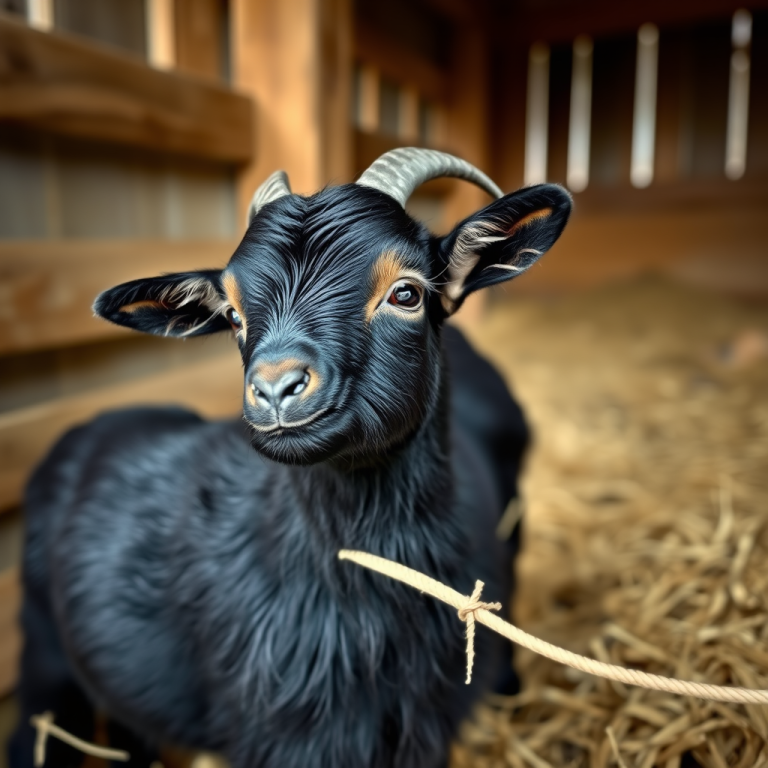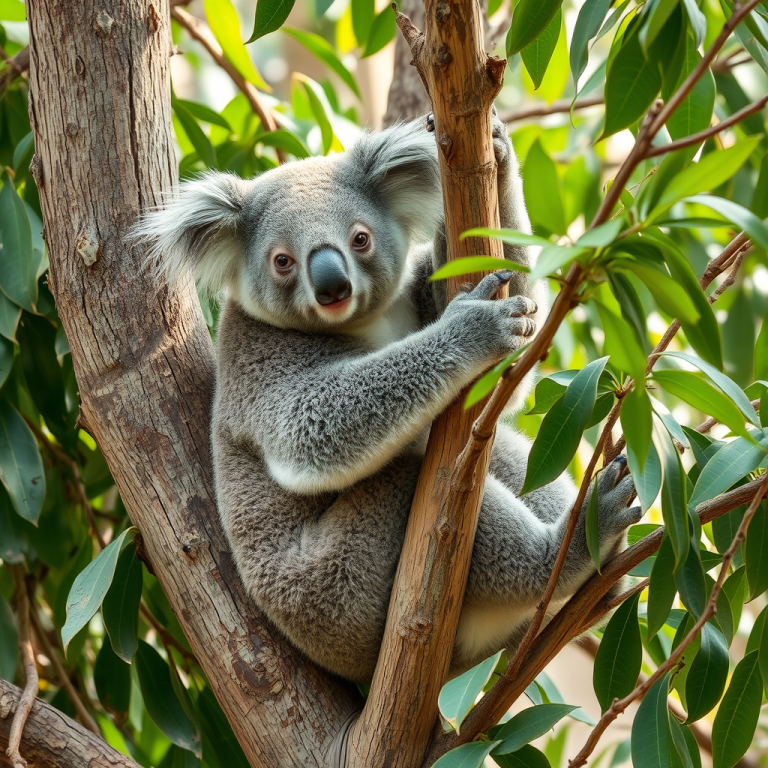Badgers: Underground Architects of the Wild
Small But Tough
At first glance, badgers might look like cute, chunky creatures just trying to mind their business — but don’t be fooled. These short-legged mammals are bold, territorial, and tougher than they appear. Known for their digging skills, stubborn attitudes, and surprising strength, badgers are one of nature’s most underrated survivors. Whether they’re tunneling underground or standing their ground against predators twice their size, badgers make it clear that you should never underestimate the little guy.
Built to Burrow
If there’s one thing badgers are born to do, it’s dig. Their long claws and strong forelimbs allow them to carve out elaborate underground homes called setts. A sett isn’t just a hole in the ground — it can have multiple rooms, tunnels, air vents, and even “toilets.” Some setts are centuries old and used by generations of badgers. These burrows provide safety from predators, a cool retreat during summer, and warmth during cold months. For badgers, home really is where the hole is.
Night Crawlers
Badgers are nocturnal, meaning they’re most active after the sun sets. They spend their nights foraging for food — and they’re not picky eaters. Their diet includes worms, insects, roots, fruits, small mammals, birds’ eggs, and even frogs. In areas with farmland, they’ll gladly dig up crops like corn or beans, which sometimes brings them into conflict with humans. But despite their occasional raids on gardens or fields, badgers play an important role in keeping ecosystems balanced by eating pests and aerating the soil with their digging.
Fierce When Threatened
Don’t mistake their quiet lifestyle for weakness. Badgers are surprisingly aggressive when cornered, and they’re known to fight off predators like foxes, wolves, and even bears. Their thick skin, especially around the neck, makes it hard for attackers to land a fatal bite. They also emit a loud growl or hiss and will bite down hard if provoked. In short — it’s better to admire a badger from a safe distance.
Types of Badgers
There are several species of badgers around the world, each with its own quirks. The European badger is the most well-known, with its black-and-white striped face and forest-dwelling habits. The American badger lives in grasslands and deserts and is even more solitary and fierce. Then there’s the honey badger, found in Africa and parts of Asia — famous for being fearless, relentless, and able to survive snake bites. Despite their differences, all badgers share a talent for burrowing and a don’t-mess-with-me attitude.
Social or Solo?
Most people assume badgers are completely solitary, but that depends on the species. European badgers often live in social groups called “clans,” sometimes made up of a dozen individuals sharing the same sett. They groom each other, communicate through grunts and scents, and even raise their young together. American and honey badgers, on the other hand, are loners who prefer to go it alone.
Badgers and Humans
Throughout history, badgers have appeared in folklore and literature. In some cultures, they’re symbols of determination and resilience. In others, they’re seen as guardians of the earth or even bad omens. Sadly, they’ve also been hunted for their fur or persecuted due to superstition. In parts of Europe, badgers are controversially culled over fears they spread diseases like bovine tuberculosis — though many conservationists argue this approach is both ineffective and harmful.
Meanwhile, the rise of road networks has made vehicle collisions a major cause of badger deaths, especially in places like the UK. But awareness campaigns, protected areas, and tunnel systems built under roads are helping give badgers a safer future.
Nature’s Quiet Engineers
What makes badgers so fascinating is how much they shape the environment around them. Their setts become homes for other animals like foxes, rabbits, and reptiles. Their digging helps mix and aerate the soil, improving plant growth. By simply going about their lives, badgers end up creating space for other creatures to thrive — making them quiet but essential parts of the ecosystems they live in.
Final Thoughts
Badgers are proof that resilience doesn’t always roar. Sometimes it burrows, digs, and pushes forward, quietly shaping the land below our feet. Whether you admire their work ethic, their quirky behavior, or their fearless attitude, one thing’s for sure — badgers are wild in all the best ways.
If you’re curious about the wonders of wildlife, stick around—there’s a whole world to explore at Wonder of Wild.







